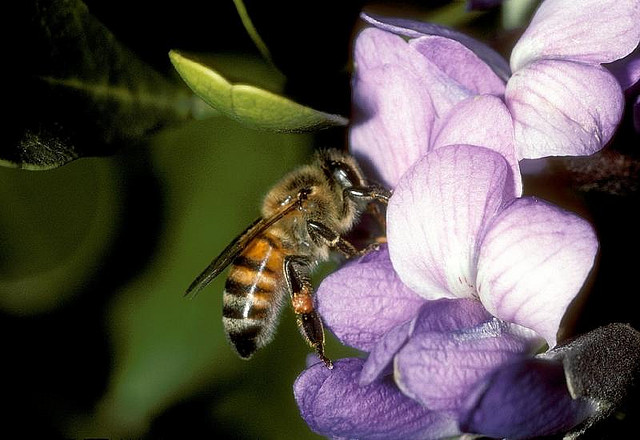Pollinator Corridors
This is Passport to Texas
In May, President Barack Obama announced a national strategy to make Interstate 35 a 1,500-mile “pollinator corridor.”
06- US agriculture benefits from insect pollination to the tune of about 18 to 20-billion [dollars] a year.
Michael Warriner is an invertebrate biologist at Texas Parks and Wildlife. The plan: rehabilitate pollinator habitats from the Texas-Mexico border to Duluth, Minnesota.
Gardener, author, and green lifestyle expert, Shawna Coronado (http://shawnacoronado.com), believes this effort must extend beyond the highway and deep into the heart of the urban jungle.
23- One of the problems we have in cities all around the united States is, we have a dead area–that hot cement area that is the city. We have all these concerns about bees and butterflies and how we keep them in our communities and going throughout communities. Well, the best way to do that, of course, is to plant a native pollinator garden. Plants that are pollinator oriented.
Shawna hopes to see people growing pollinator gardens on apartment and condo balconies, and building rooftops.
19-My little dream is to have a pollinator corridor going through every city that would lead the bees and the butterflies and such through, instead of this giant, miles and miles and miles of area that they cannot cross through easily. This could provide a solution because of its unique way that it can fit into an urban environment.
Tomorrow: helping the Monarch butterfly.
For Texas Parks and Wildlife…I-m Cecilia Nasti.



 Passport to Texas is a
Passport to Texas is a  Passport to Texas is made available by:
Passport to Texas is made available by: